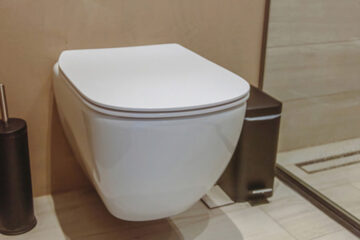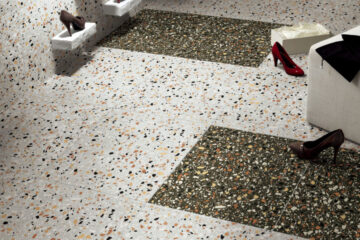Installation mistakes to avoid when replacing windows with PVC frames

Replacing old windows with PVC frames can improve energy efficiency and comfort, but improper installation can cause long-term problems. Avoiding common mistakes ensures your investment lasts and performs well. This guide highlights frequent issues DIYers, installers, and contractors encounter and practical ways to prevent them.
Poor flashing & water management mistakes
Water infiltration is the most common problem after window replacement. Improper window flashing PVC can lead to leaks, mold, and structural damage. Many installers neglect the correct sequence of sill, jamb, and head flashing. Sill flashing should extend beyond the window frame and slope outward to direct water away. Avoid sealing over gaps with caulk alone—water must drain freely.
When installing PVC windows, ensure that the building wrap integrates with the flashing. For example, the top layer of the wrap should overlap the head flashing to shed water. Using high-quality, flexible flashing tape prevents gaps at corners. Many errors occur at the junctions between the frame and wall; pay close attention to these areas to maintain proper water management. If you follow professional guidance, such as recommendations found for PVC windows, you can minimize these errors and extend the lifespan of your installation.
Incorrect shimming and alignment problems
Shims support the frame and maintain correct alignment. Using too few shims, or placing them unevenly, causes the window to bow or twist. A warped frame leads to poor sealing, difficulty in opening, and uneven gaps.
Place shims at points where the frame bears weight, typically near the hinges and lock points. Check both vertical and horizontal levels before securing the frame. Avoid over-tightening screws through the frame—PVC can deform under pressure. Take time to measure, adjust, and recheck. Misalignment is a subtle issue that shows its impact over months, affecting performance and appearance.
Failing to allow thermal expansion of PVC
PVC expands and contracts with temperature changes. Many installers fix the frame too tightly, ignoring this property. A rigid frame may buckle in heat or pull away in cold, creating gaps.
Leave small gaps between the frame and the opening for expansion, typically a few millimeters. Use flexible insulation foam that compresses slightly but seals effectively. Check the manufacturer’s specifications for allowed expansion values. Properly accounting for thermal movement prevents operational issues and reduces long-term maintenance.
Sealant and insulation best practices
Incorrect sealant application is another frequent mistake. Applying too much sealant can trap water and prevent proper ventilation. Applying too little leaves gaps for air and moisture.
Use high-quality, UV-resistant sealants suitable for exterior use. Apply a continuous bead along the frame perimeter, smoothing it to maintain adhesion and coverage. Insulation should be airtight but not over-compressed. Avoid stuffing large amounts of foam into the gap; it can distort the frame. Layering insulation in combination with sealant provides a controlled barrier against drafts, water, and heat loss.
Checklist for a professional installation or quality DIY job
- Inspect the opening for structural integrity before removing old windows.
- Verify window dimensions and confirm correct PVC frame type.
- Install sill flashing first, then jambs and head flashing, ensuring overlaps for water shedding.
- Place shims at all weight-bearing points, checking vertical and horizontal alignment.
- Leave space for thermal expansion and contraction of PVC.
- Apply insulation foam evenly, compressing lightly, and finish with exterior-grade sealant.
- Test window operation before final trim installation.
- Ensure that all water management components are continuous and integrated with building wrap.
Following this checklist reduces errors and ensures your replacement windows function efficiently for years. Properly executed PVC window installation avoids leaks, misalignment, and premature wear, giving your home better energy performance and comfort. Paying attention to details like flashing, shimming, thermal expansion, and sealant application makes the difference between a temporary fix and a lasting upgrade.




